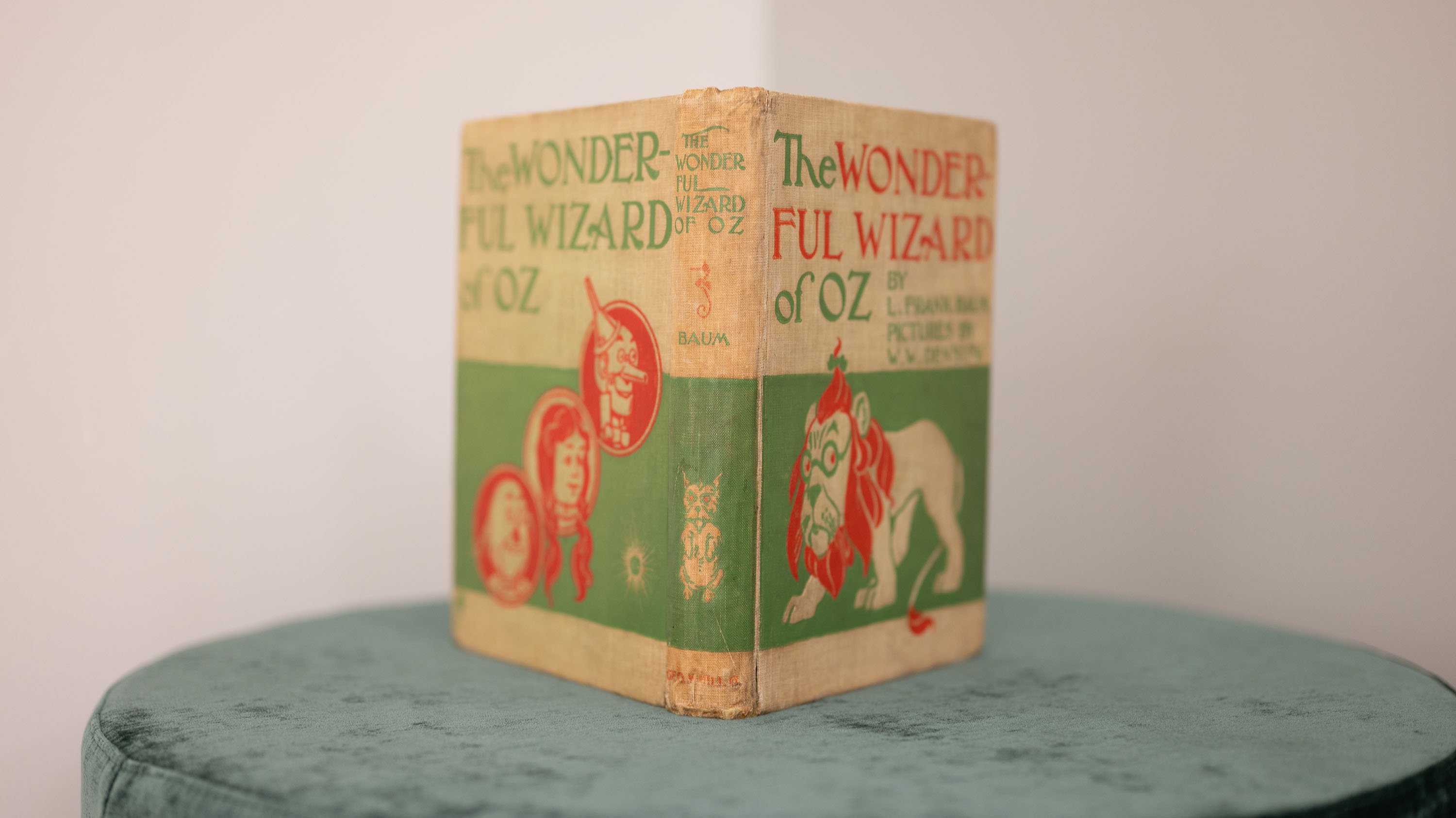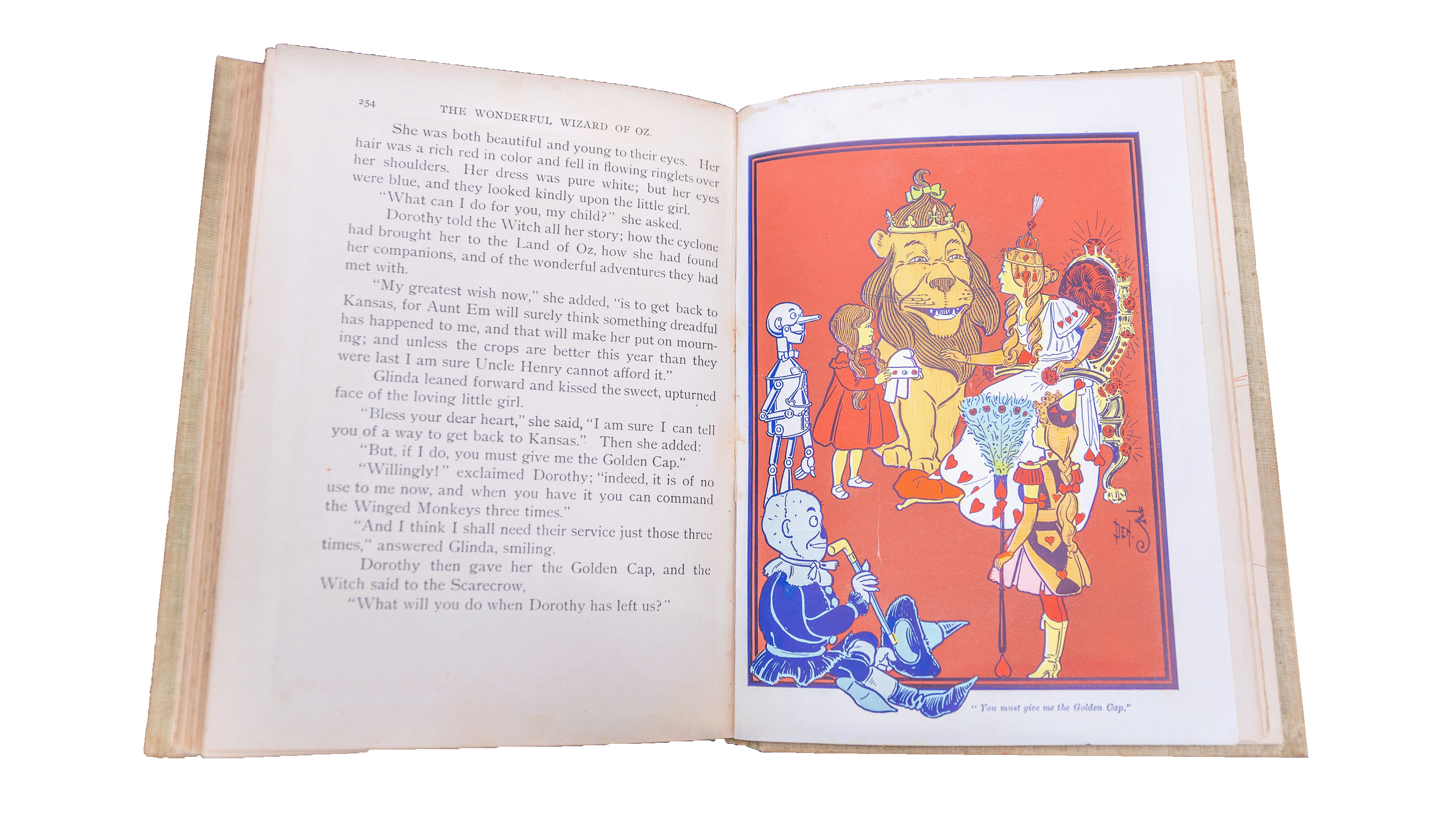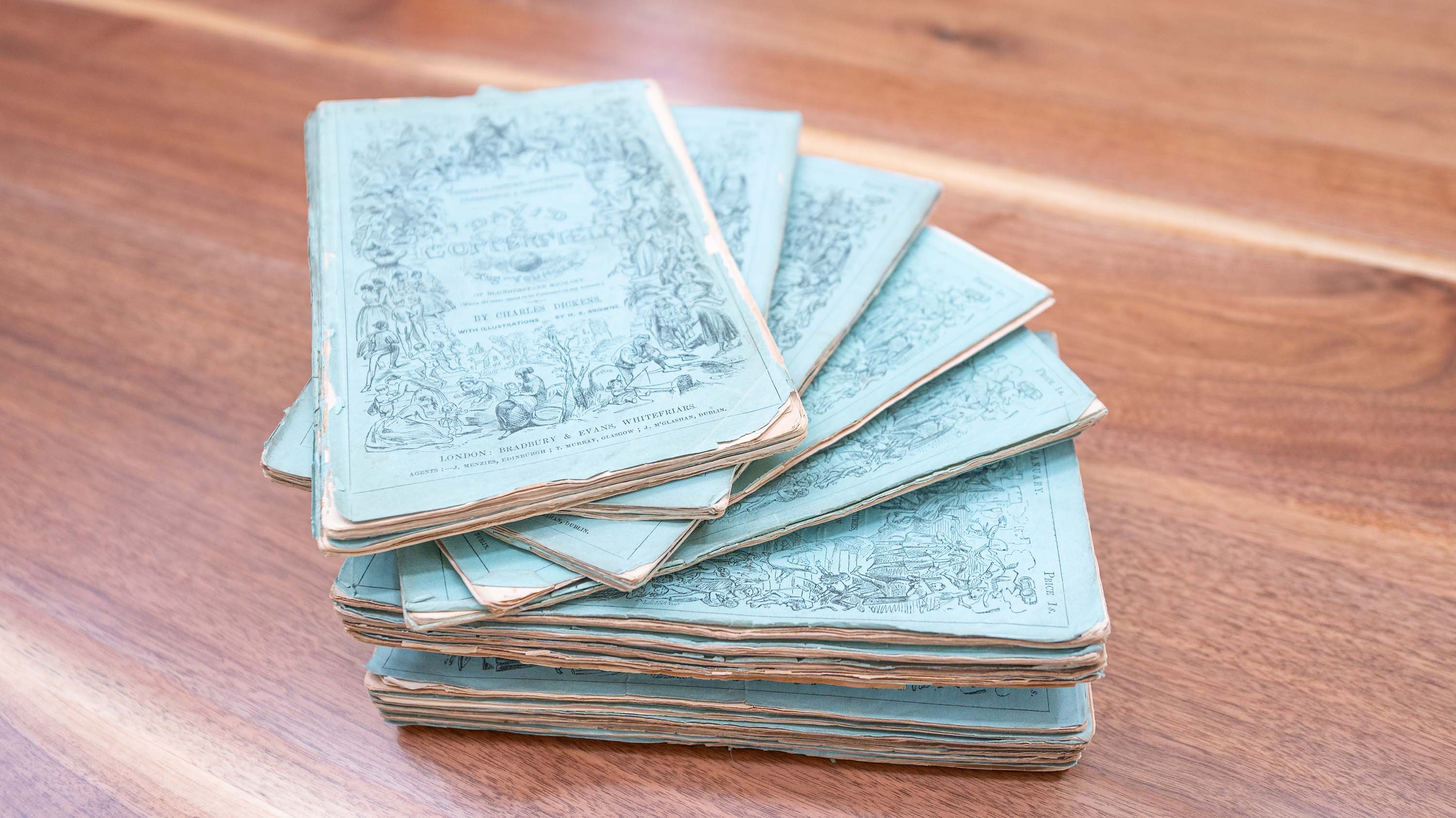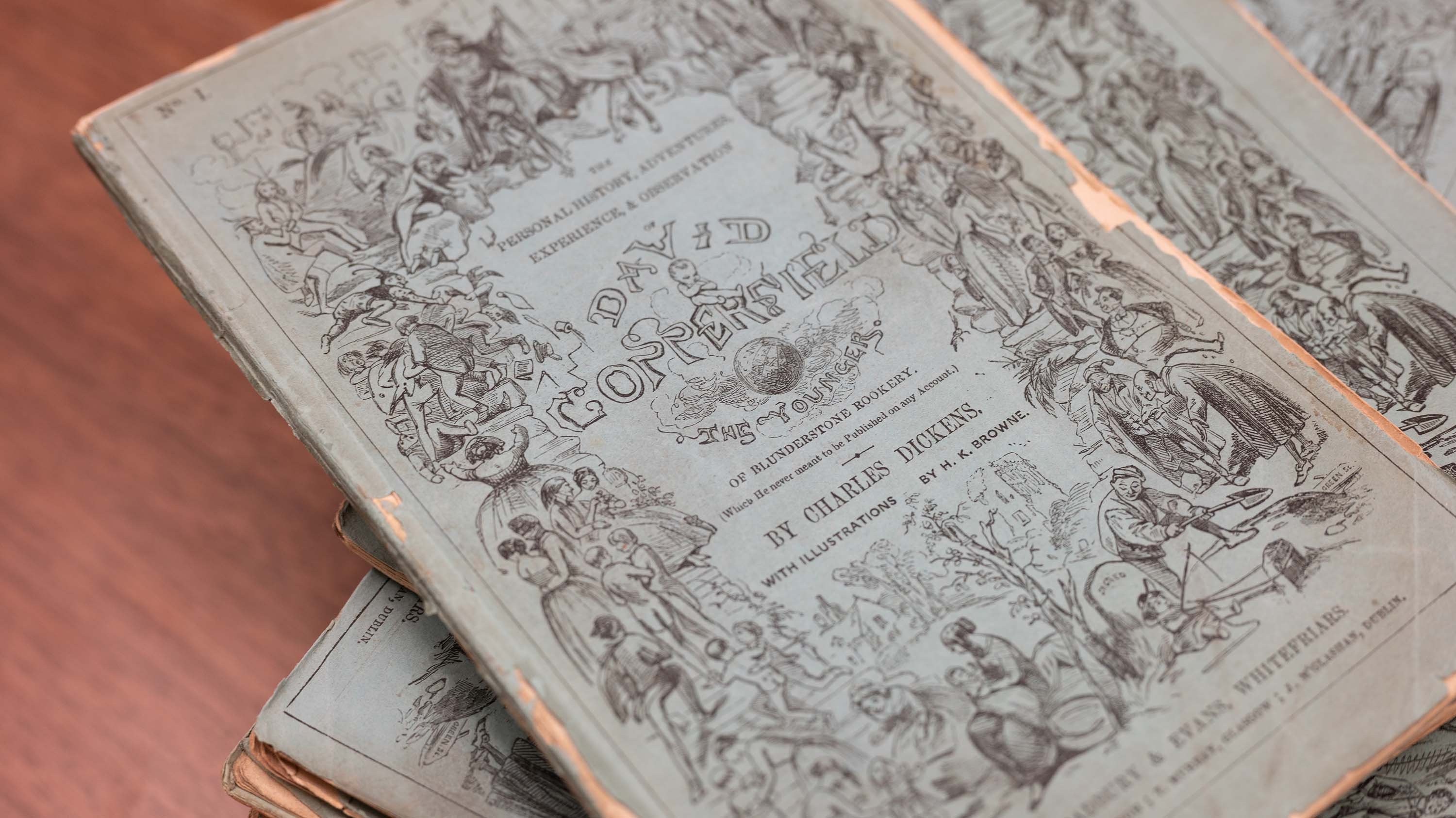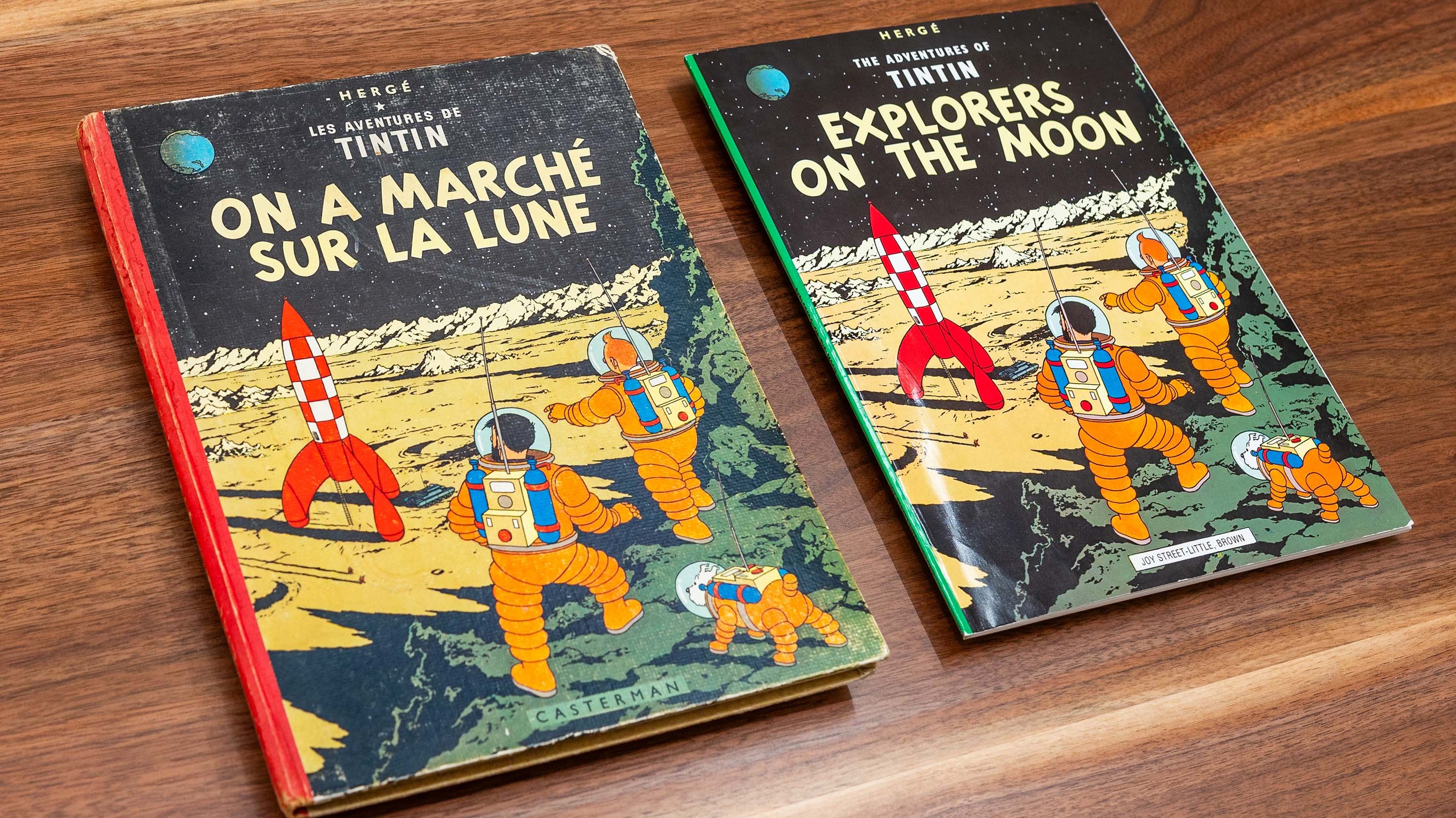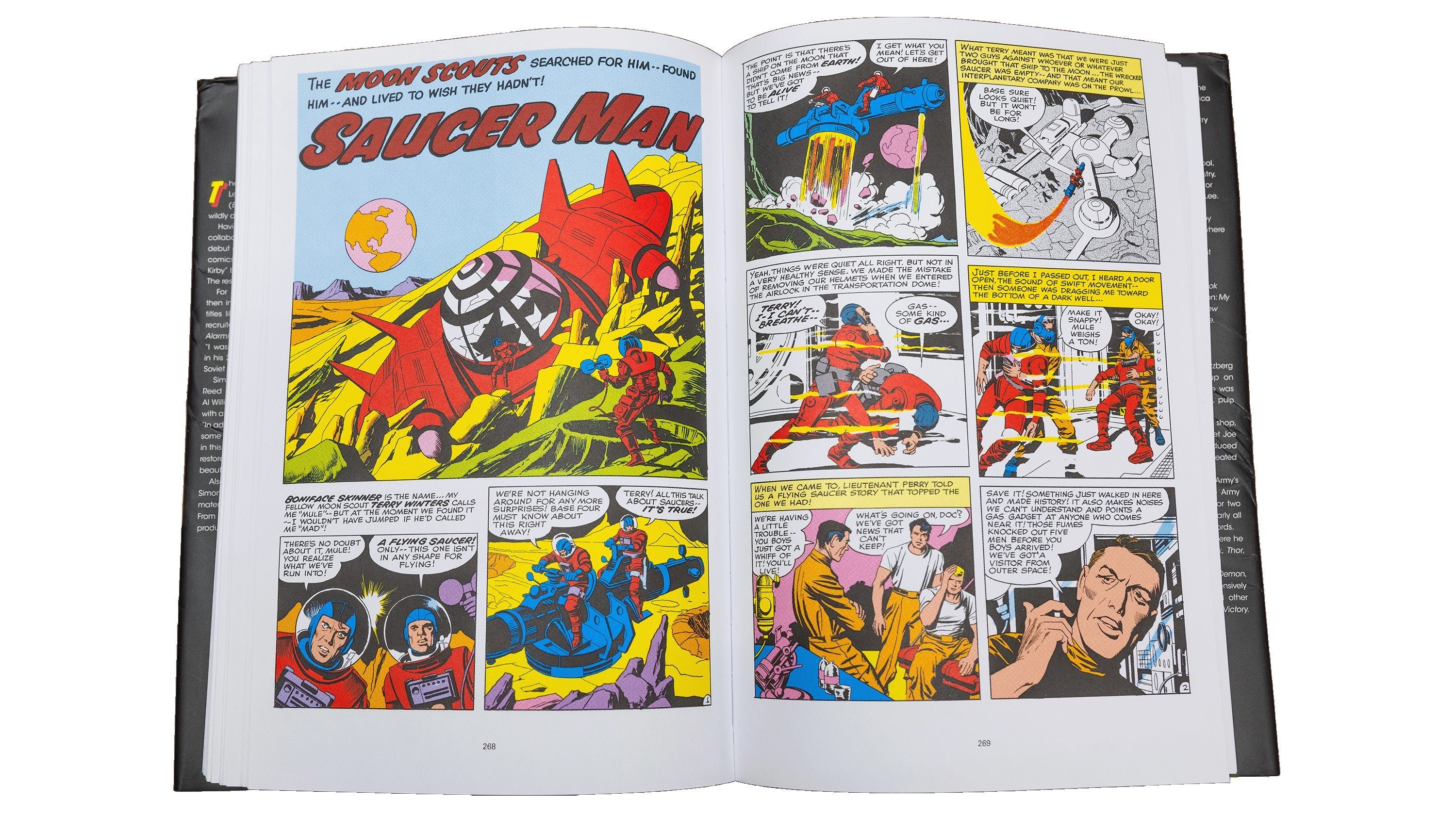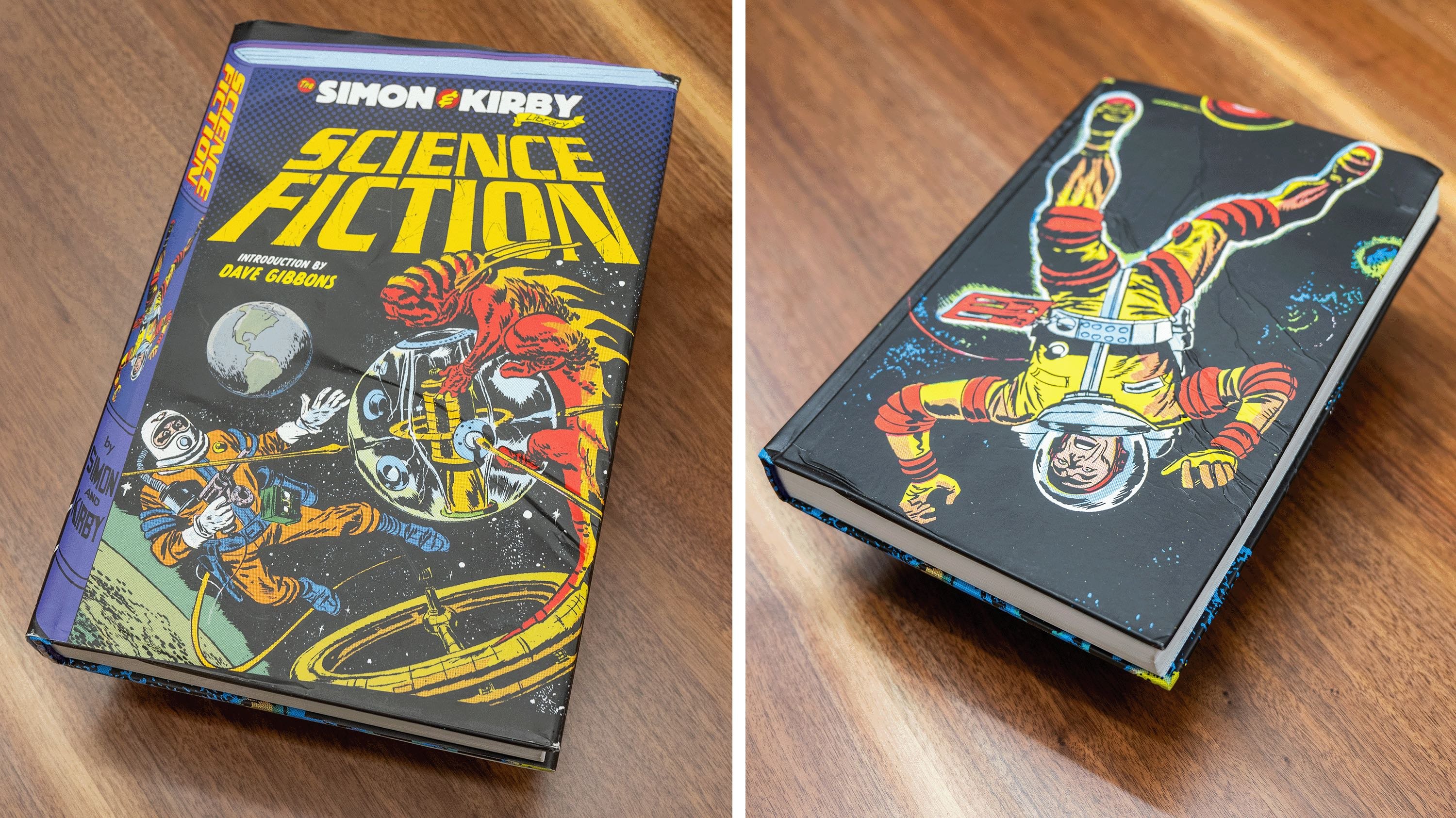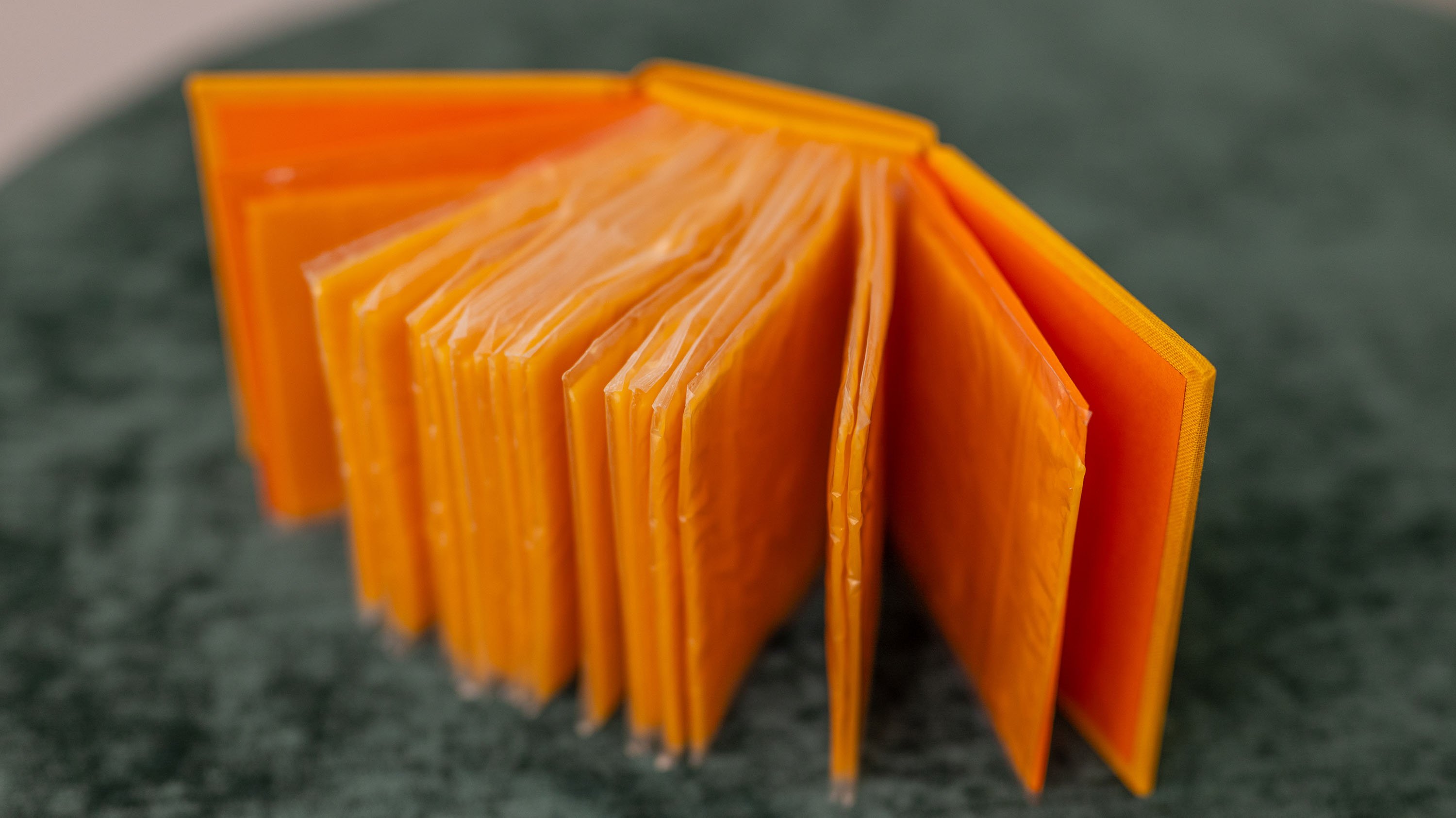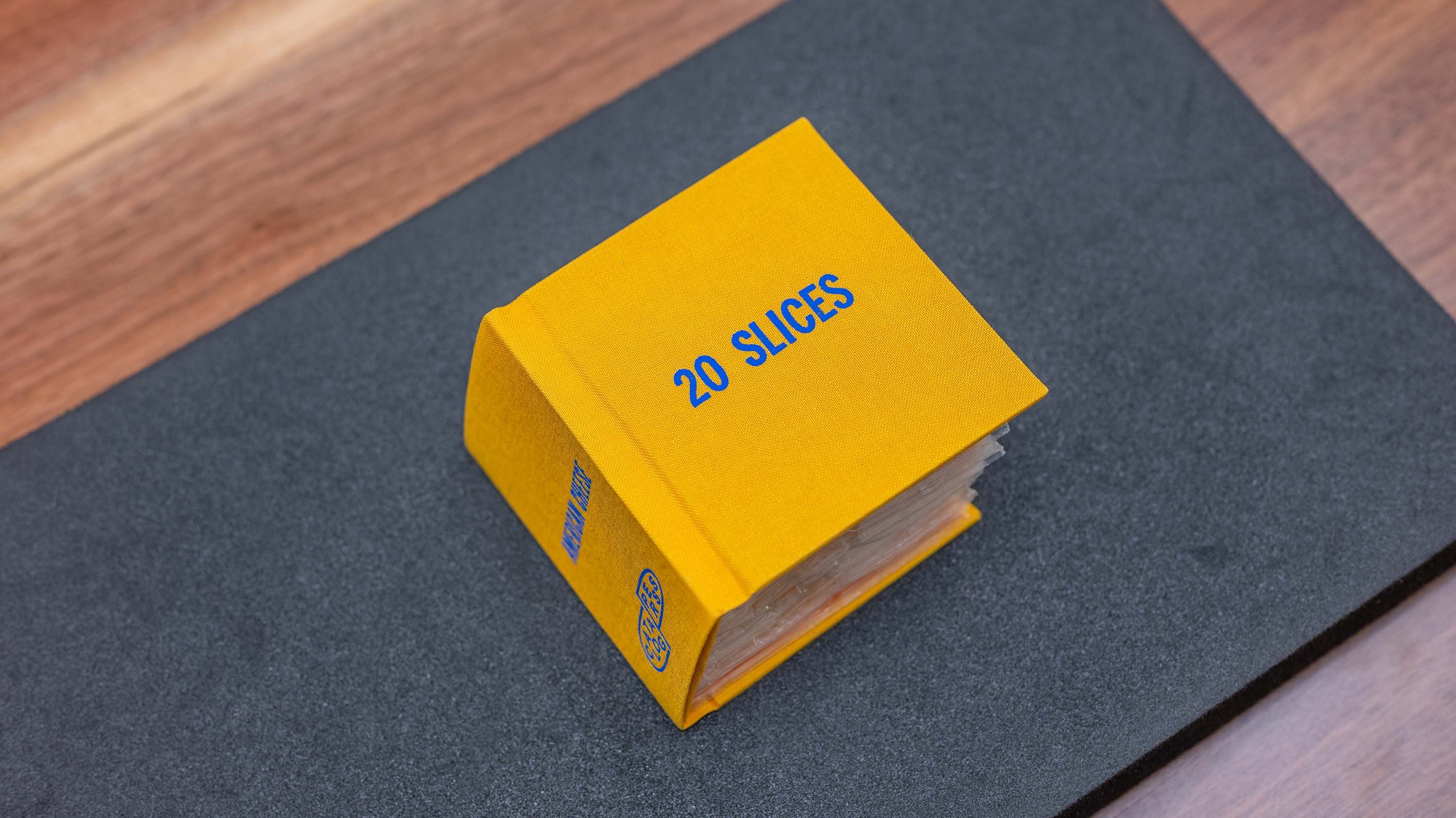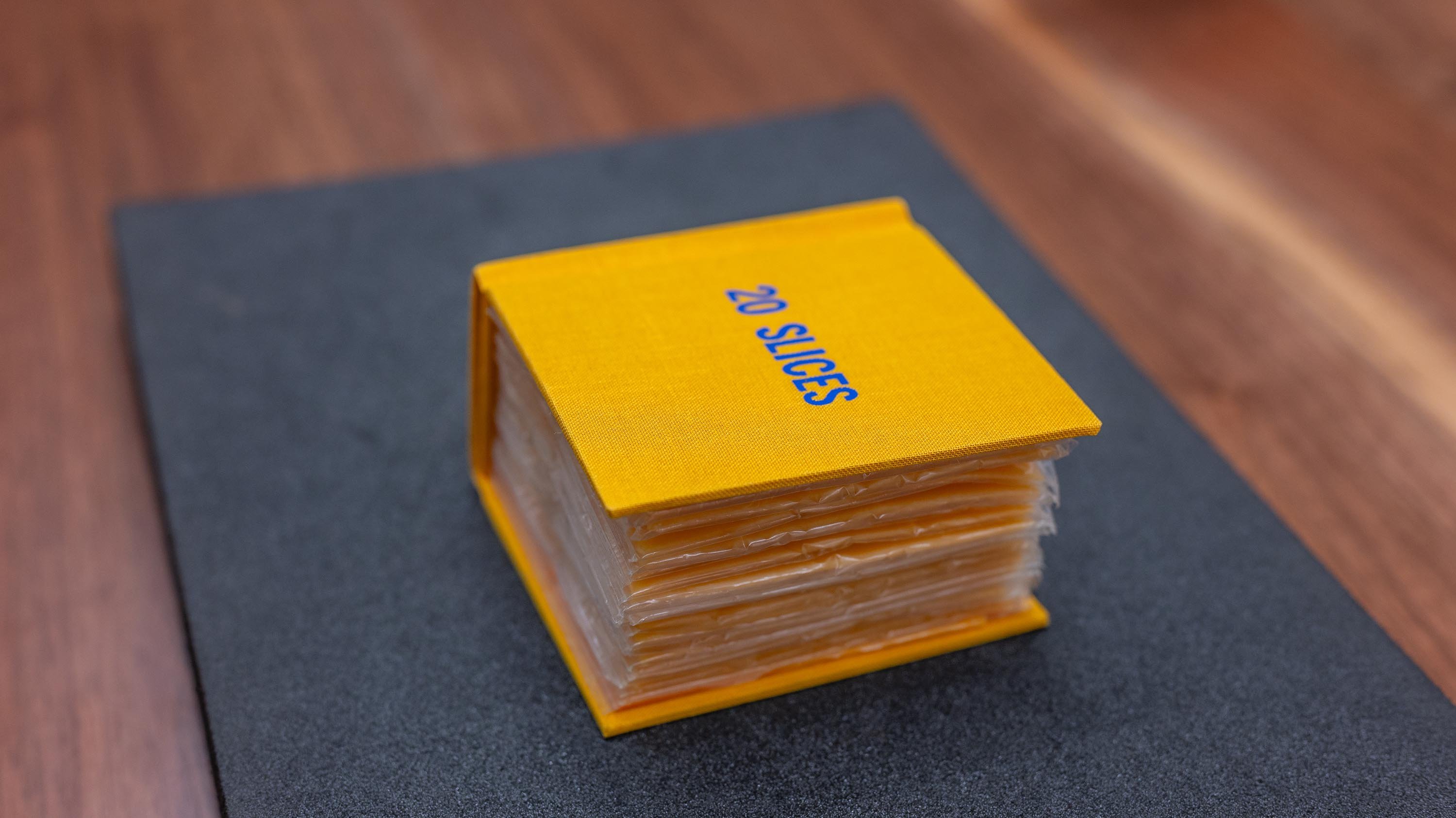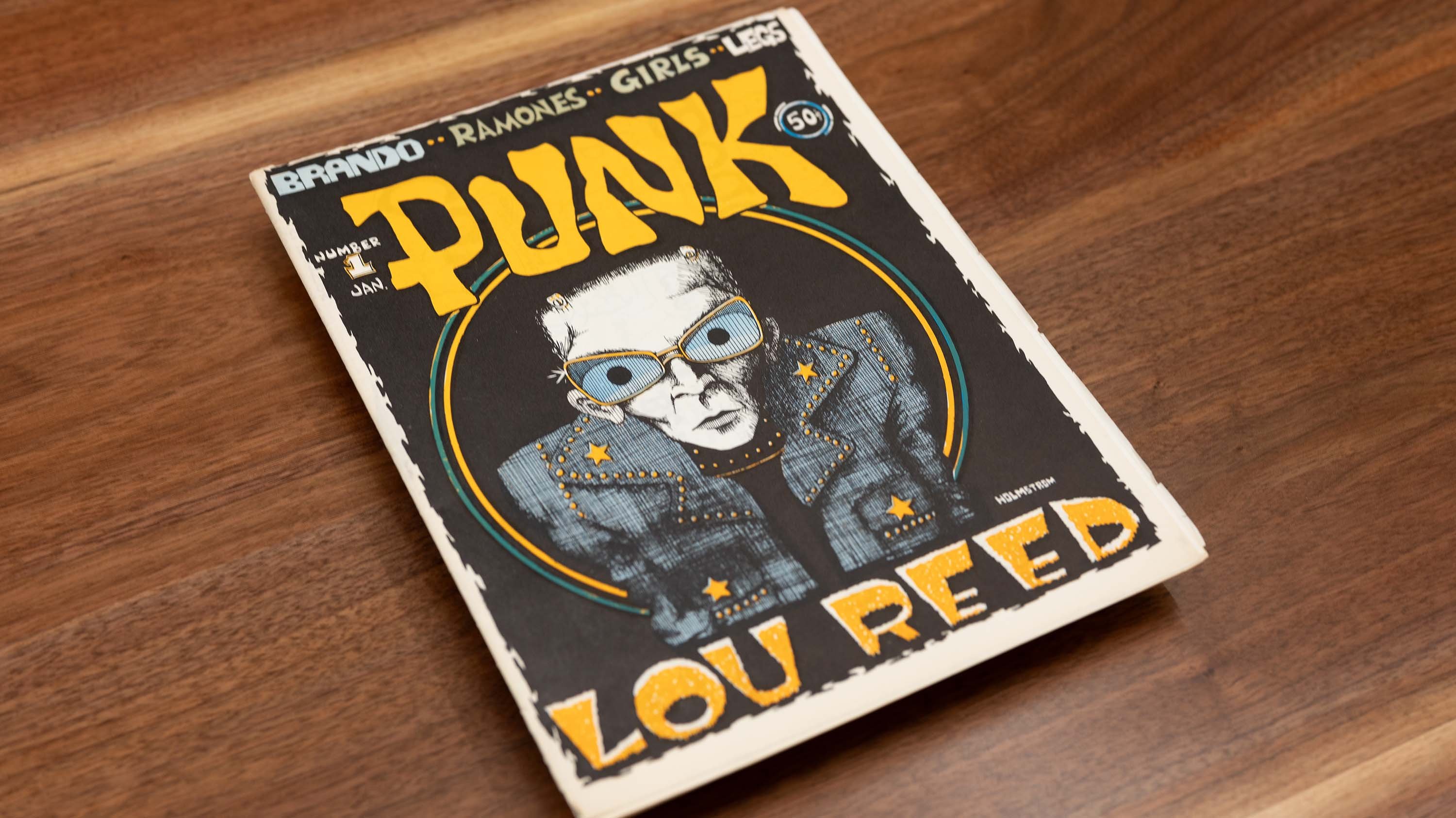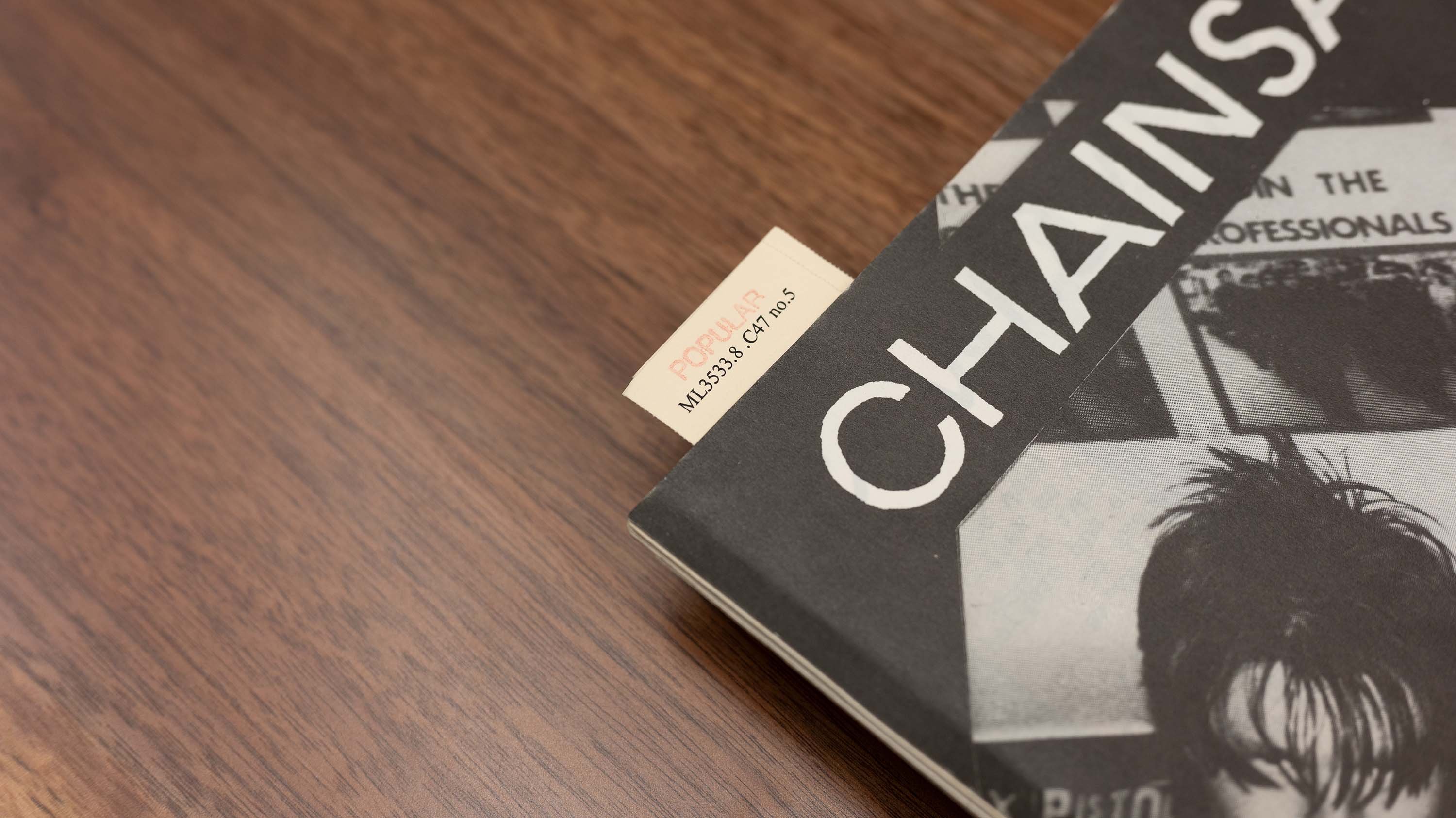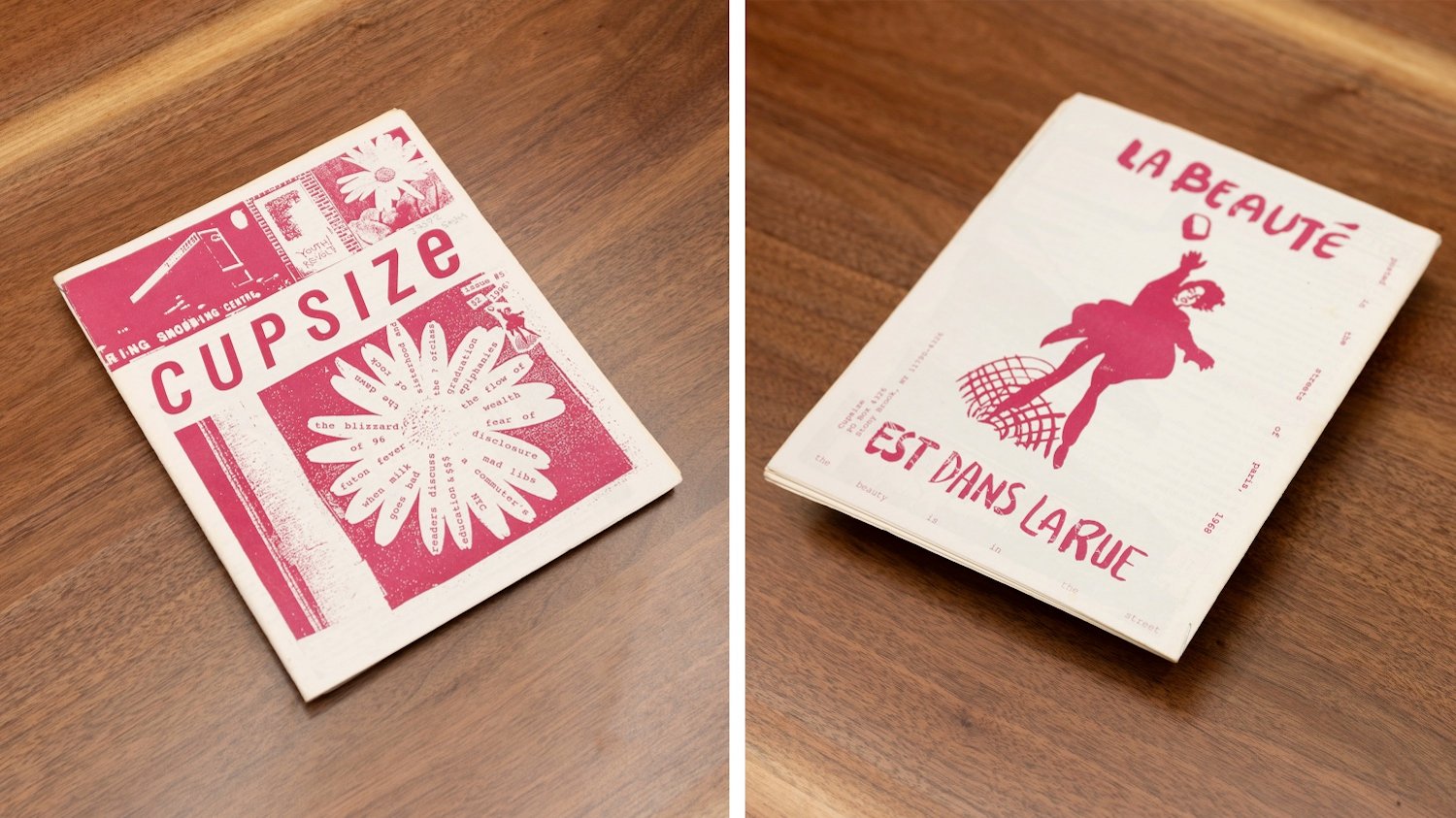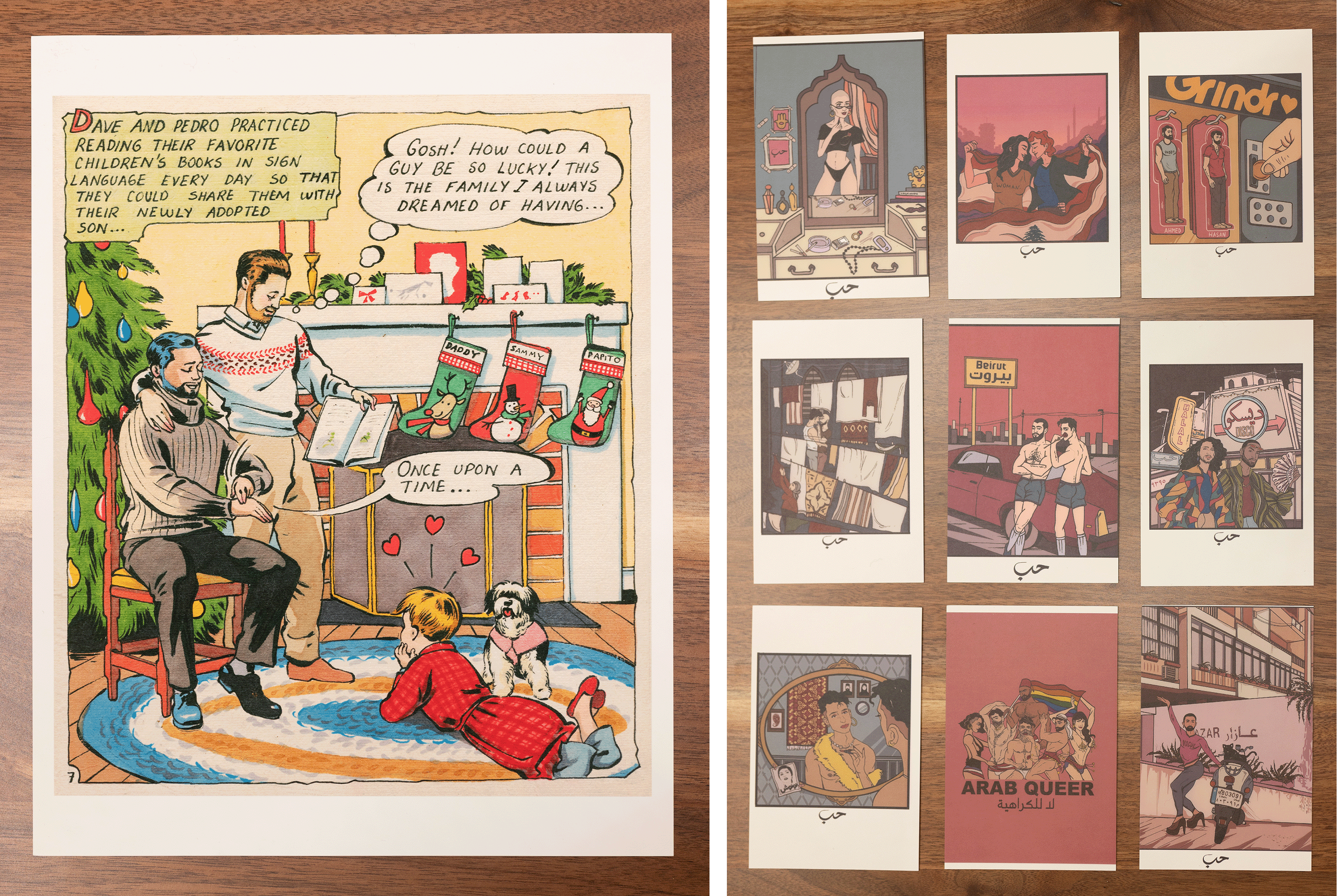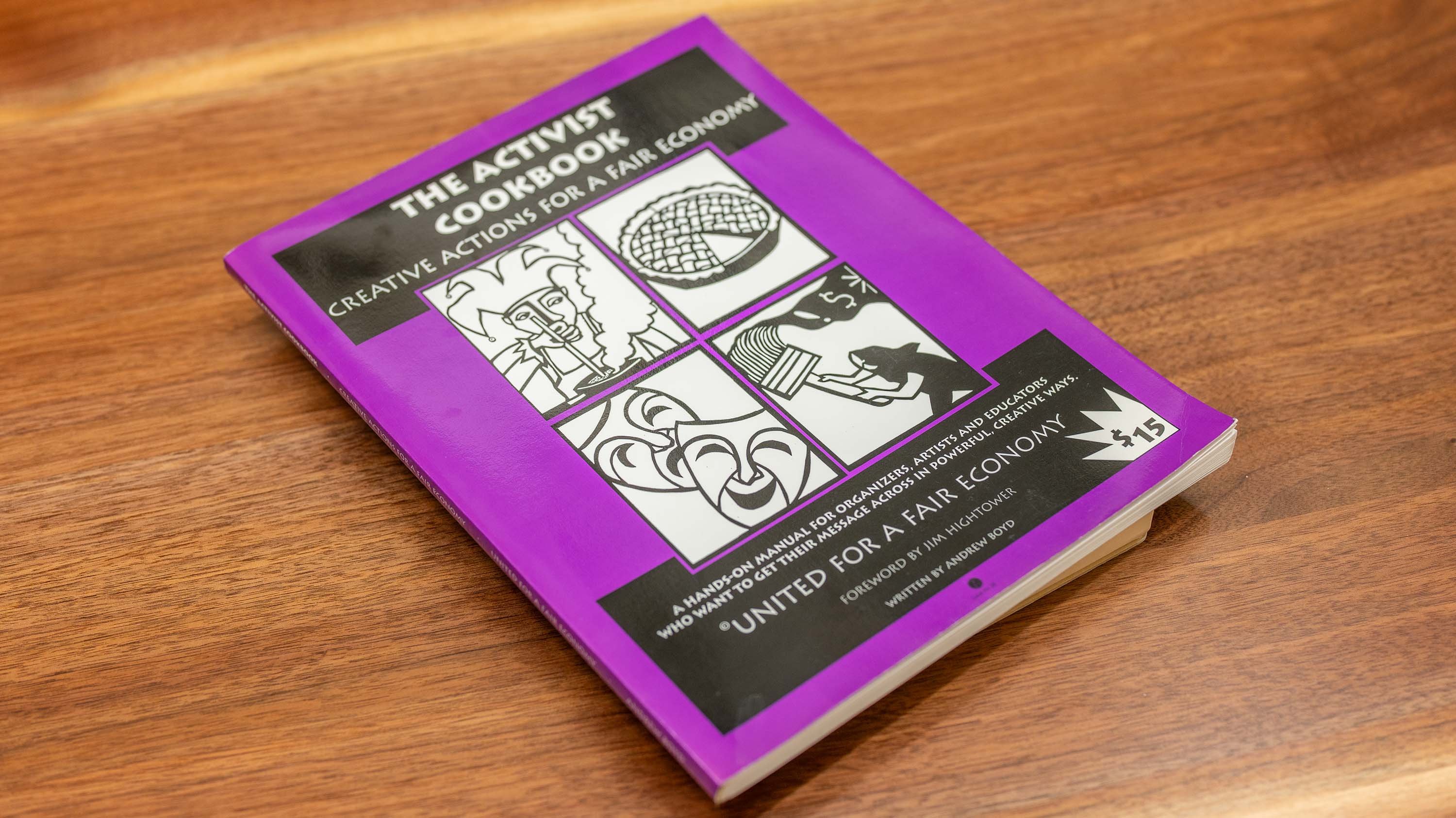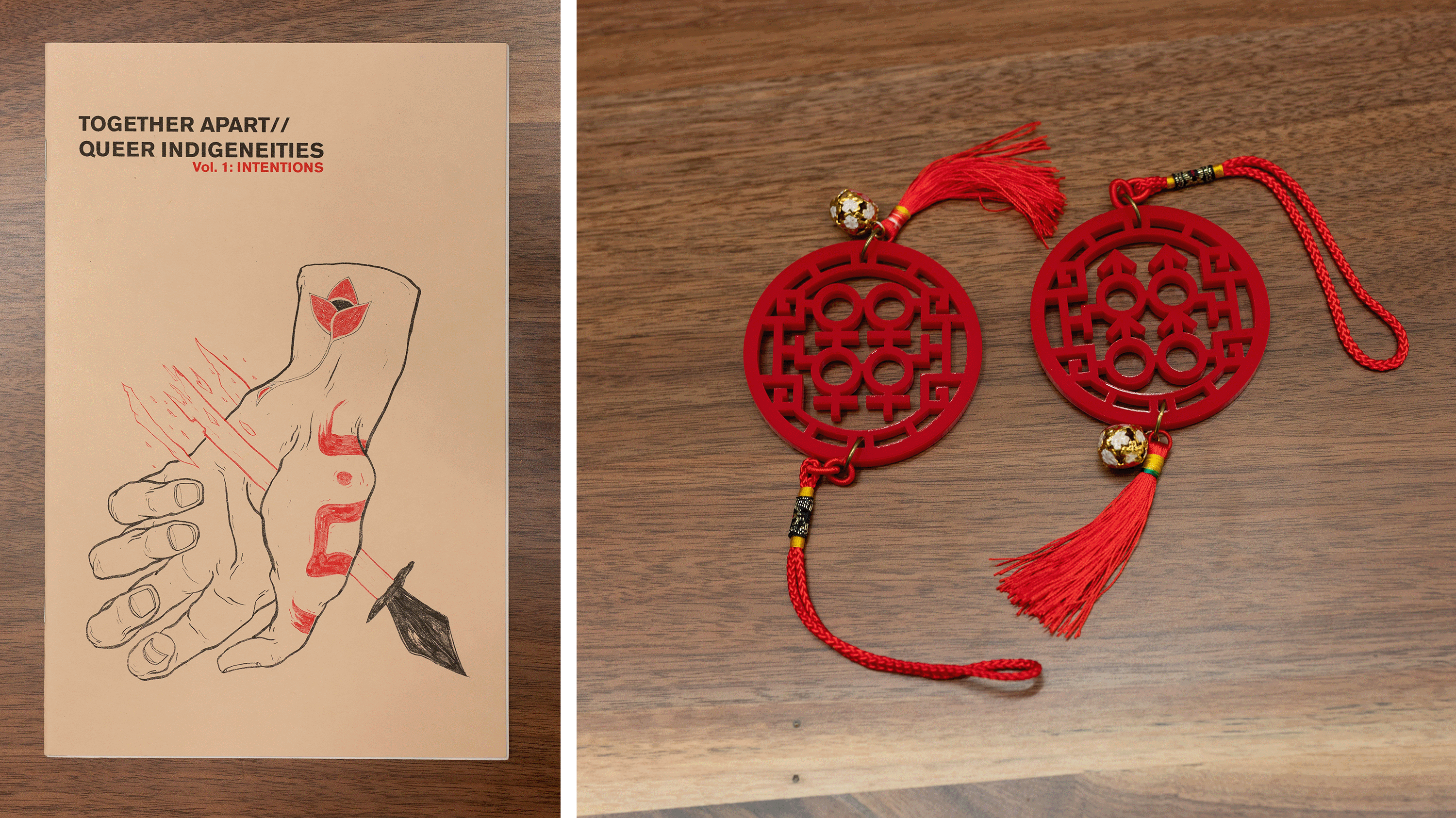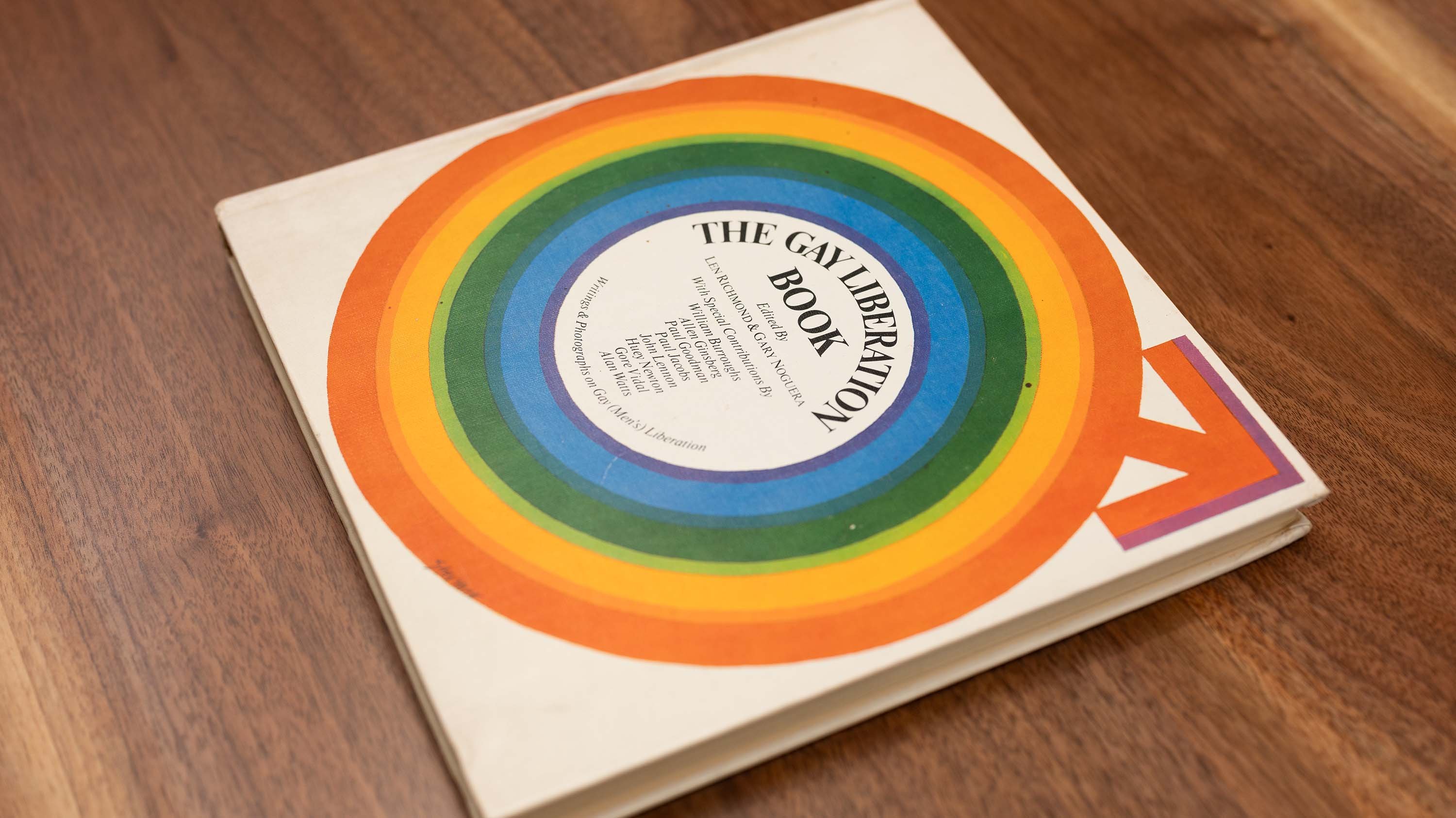With 12,000 linear feet of rare and remarkable material filling brand-new high-density shelving, it’s no surprise that the Stephen O. Murray and Keelung Hong Special Collections in MSU's Main Library houses many treasures.
The library has come a long way since it opened in 1855, the same year the university was founded. Back then, it was a single reading room on the third floor of College Hall, where Beaumont Tower now stands, containing 200 original volumes donated by the Michigan State Agricultural Society.
Over time, the library’s holdings have expanded and today serve as one of the university’s most significant resources, offering a window into history and a launchpad for exploration. “The materials provide you with a tactile experience,” said Leslie McRoberts, director of the Stephen O. Murray and Keelung Hong Special Collections at MSU Libraries when she was a guest on Coffee with the Profs in October of last year. “It could even be likened to meeting a celebrity or having your very own discovery, similar to that of Indiana Jones.”
Now that Special Collections has fully transitioned to the newly renovated Main Library’s East Wing — a project four and a half years in the making — a new chapter has begun for the faculty, staff and materials that are now housed in a state-of-the-art space. Here, discover items that were formative to the collection’s evolution, significance and enduring relevance.

